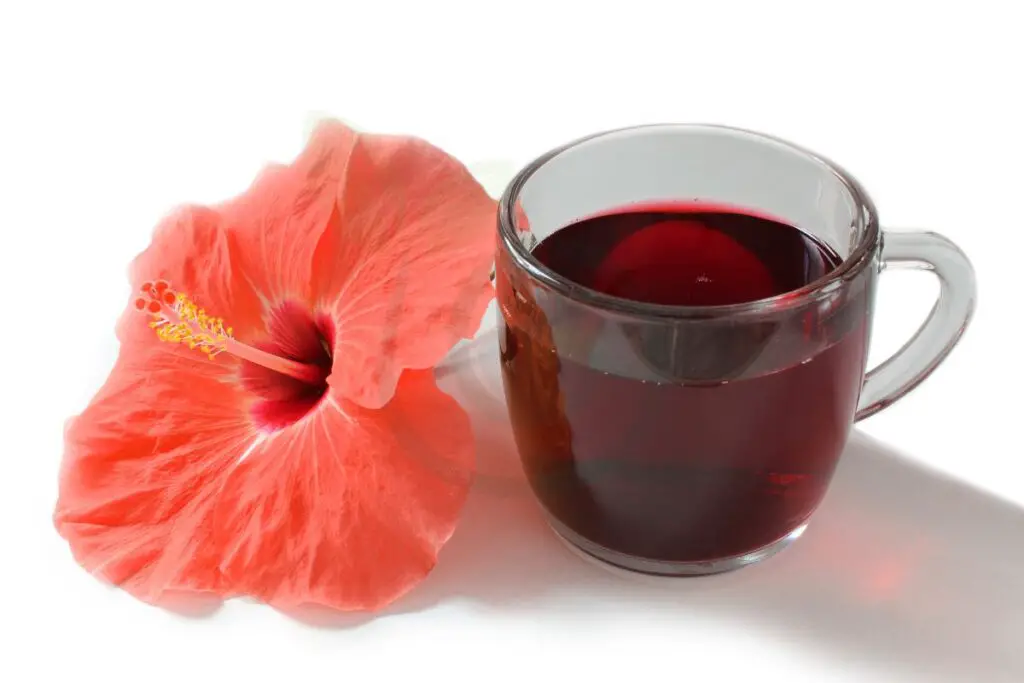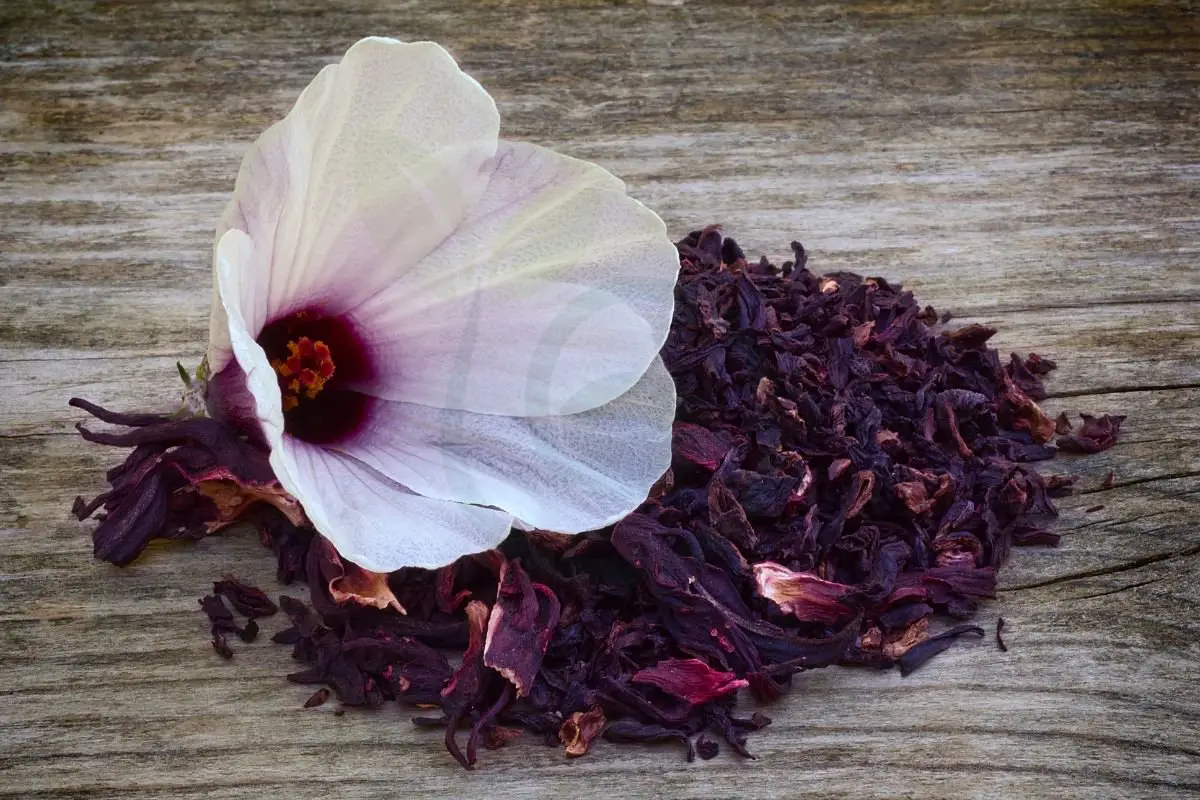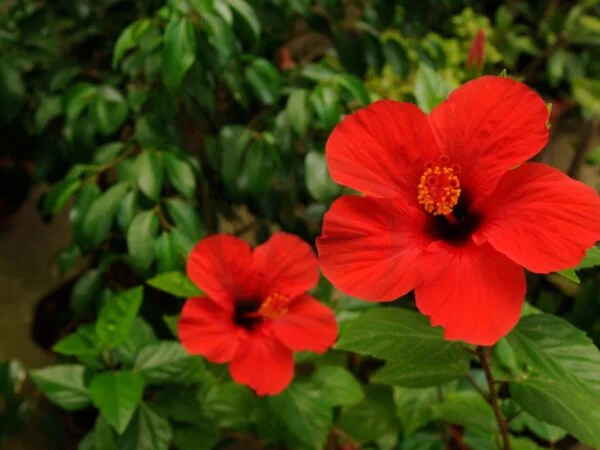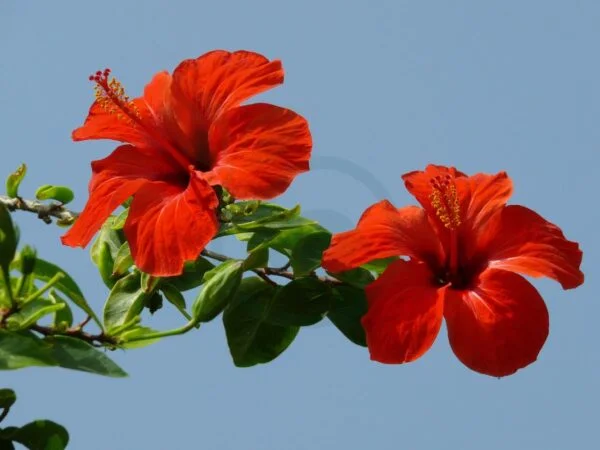Did you know that drying hibiscus flowers for tea can preserve their flavor and health benefits? If you're wondering how to do it successfully, you've come to the right place.
Drying hibiscus flowers for tea is a simple process that involves harvesting fresh blooms, removing the petals, and air-drying them until they are crisp. By following our step-by-step guide, you can enjoy delicious hibiscus tea whenever you desire. Stay tuned as we delve into the best methods and tips for drying hibiscus flowers effectively.
Key Takeaways
Choose fresh and vibrant hibiscus flowers for the best tea quality.
Prior to drying, remove the sepals and calyx from the flowers.
Explore different drying methods like oven drying, food dehydrator, or sun drying.
Opt for oven drying at low temperatures for a quicker drying process.
Utilize a food dehydrator for a precise and controlled drying environment.
Consider sun drying as a natural and energy-efficient method.
Choosing Hibiscus Flowers
Best Varieties
When selecting hibiscus flowers for drying, it's essential to choose the best varieties. Consider varieties like Roselle or Hibiscus sabdariffa known for their intense flavor. Different varieties offer unique taste profiles, so choose based on your preferences.
Color Variations
Explore the vibrant color range of hibiscus flowers, from deep reds to light pinks. The color of the petals can impact the flavor of the tea brewed from them. Appreciate how different colored petals can enhance the visual appeal of your tea.
Freshness Check
To ensure you have quality dried hibiscus flowers for tea, learn how to check for freshness. Look for vibrant colors and petals that are intact as indicators of freshness. Avoid using wilted or discolored hibiscus flowers as they may affect the flavor of your tea.
Preparing for Drying
Cleaning Process
Clean hibiscus flowers by rinsing them under cold water, ensuring all dirt and debris are removed. Pat dry with a paper towel.
Petal Separation
Separate hibiscus petals from the calyx with care, discarding any damaged or discolored petals. Use only clean, intact petals for drying.
Drying Methods Overview
Oven Drying
To dry hibiscus petals in the oven, preheat it to the lowest setting. Spread the petals on a baking sheet evenly. Monitor closely to prevent burning.
Dehydrator Drying
For dehydrator drying, set it to the right temperature. Arrange petals on trays evenly. Check periodically for dryness.
Sun Drying
When sun drying, lay out petals on parchment paper. Rotate them occasionally for even drying. Utilize sunny windowsills for optimal exposure.
Oven Drying Technique
Temperature Settings
Adjust the drying temperature based on the method used. Follow recommended settings for oven, dehydrator, or sun drying. Maintain consistent temperatures for efficient drying.
Tray Arrangement
Arrange hibiscus petals in a single layer on drying trays. Ensure proper spacing between petals for air circulation. Stack trays carefully to optimize drying space.
Timing Guide
Determine the appropriate drying time for hibiscus petals. Monitor the petals periodically to assess dryness levels. Adjust drying times based on petal thickness and moisture content.
Using a Food Dehydrator
Preparing Trays
Before drying hibiscus petals, make sure to clean and dry the trays thoroughly. Line them with parchment paper to easily remove the dried petals later on. It's crucial to use sturdy and heat-resistant trays for the drying process.
Temperature and Time
Coordinate the drying temperatures with specific durations for optimal results. Keep track of the time required for hibiscus petals to become dry and brittle. Make adjustments to temperature and time settings as needed throughout the process.
Sun Drying Method
Best Conditions
Create ideal drying conditions for hibiscus flowers by controlling factors like temperature, humidity, and airflow. Ensure a well-ventilated and dry environment to facilitate efficient drying. Maintain optimal conditions throughout the process.
Position drying trays in areas with adequate sunlight or ventilation. Avoid placing trays near sources of moisture or heat as this can affect the drying process. By optimizing tray placement, you can achieve consistent drying results for high-quality hibiscus tea.
Placement Tips
Place the trays in locations that receive ample sunlight, ensuring even drying of the hibiscus flowers. Avoid damp or humid areas to prevent mold growth during the drying process. Optimize tray placement to guarantee a steady flow of air for thorough dehydration.
Position trays on elevated surfaces to enhance airflow
Rotate trays periodically for uniform drying
Use screens on trays to prevent debris contamination
Storing Dried Flowers
Container Types
When storing dried hibiscus flowers, select airtight containers to maintain their freshness. Consider using glass or metal containers as they help in preserving the flowers for a longer period. To keep track of the freshness, always label containers with the date of drying.
Humidity Control
To ensure the longevity of dried hibiscus flowers, it is vital to store them in environments with low humidity levels. Seal the containers tightly to prevent any moisture absorption by the petals. Regularly monitor humidity levels to maintain the quality of the dried flowers.
Shelf Life
Understanding the shelf life of properly dried hibiscus flowers is essential. By storing them in suitable conditions, you can extend their shelf life significantly. For prolonged freshness, consider utilizing refrigeration to preserve the quality of the dried hibiscus petals.
Brewing Hibiscus Tea

Hot Brew Method
To prepare hibiscus tea, use a hot water infusion method. Experiment with steeping times to achieve the desired strength of the tea. Enjoy the vibrant color and tart flavor that hot brewed hibiscus tea offers.
Cold Brew Method
Infuse hibiscus flowers in cold water for a refreshing beverage. Refrigerate the mixture for several hours to extract the flavors fully. Discover the smooth and mellow taste characteristic of cold brewed hibiscus tea.
Tips and Variations
Sweetening Options
When preparing hibiscus tea, explore a variety of sweetening options to suit your taste preferences. Consider using natural sweeteners like honey or agave syrup for a healthier choice. Experiment with sugar alternatives such as stevia or monk fruit for a personalized level of sweetness.
Flavor Combinations
Enhance the flavor profile of hibiscus tea by combining it with complementary flavors. Try adding citrus fruits like oranges or lemons to bring a zesty twist to the tea. Explore aromatic spices such as cinnamon or ginger for a warm and comforting blend. Create unique flavor combinations by blending hibiscus flowers with other herbs like mint or lavender.
Final Remarks
You now possess the knowledge needed to dry hibiscus flowers for a delightful tea experience. Remember, choosing quality flowers, preparing them meticulously, and employing the right drying method are vital steps. Whether you opt for oven drying, a food dehydrator, or the sun-drying technique, ensure proper storage to preserve flavor. Experiment with brewing techniques and embrace variations to craft your perfect cup of hibiscus tea.
Take action today! Share your newfound wisdom with fellow tea enthusiasts and start your hibiscus tea journey. Your expertise in drying hibiscus flowers can inspire others to savor this vibrant and flavorful beverage. Enjoy the process, and relish every sip of your homemade hibiscus tea.
Frequently Asked Questions
How do I choose the best hibiscus flowers for tea?
Select fresh, vibrant hibiscus flowers without any signs of wilting or browning. Choose flowers that are fully bloomed and free from damage or pests. Opt for organically grown flowers if possible to ensure the best quality for your tea.
Can I dry hibiscus flowers without a dehydrator?
Yes, you can air-dry hibiscus flowers by hanging them upside down in a dark, well-ventilated area. Ensure they are spread out in a single layer to prevent mold growth. It may take longer than using a dehydrator but is an effective method.
What is the ideal temperature for oven drying hibiscus flowers?
Set your oven to the lowest temperature, ideally around 100-110°F (38-43°C), to dry hibiscus flowers effectively without damaging their color and flavor. Keep an eye on the flowers while drying to prevent overheating.
How long can I store dried hibiscus flowers for tea?
Properly dried and stored hibiscus flowers can last up to 6 months to a year when kept in an airtight container away from light, heat, and moisture. Check for any signs of spoilage before using them in your tea.
What are some tips for brewing flavorful hibiscus tea?
To brew delicious hibiscus tea, use boiling water and steep the dried flowers for 5-7 minutes. You can add sweeteners like honey or sugar and citrus fruits like lemon or orange for added flavor. Experiment with different steeping times and ingredients for variations.
Image Source: Paid image from CANVA




